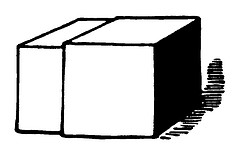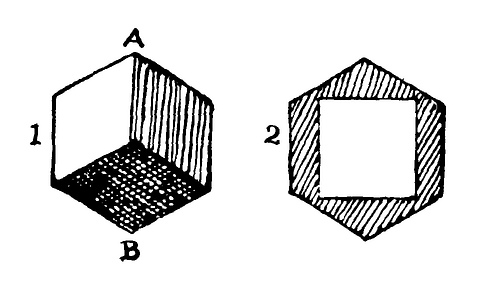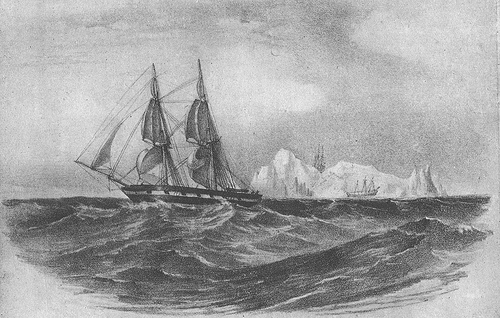Jean-Paul Marat’s correspondence mentions one Bottineau, born in France around 1740, who founded a science he called nauscopie, “the art of discovering vessels and lands at a considerable distance.” Stationed on the Isle of France, reportedly he was soon winning wagers by predicting arrivals up to three days in advance.
The commissary-general of the navy swore that “he has announced to us within six months, one hundred and nine vessels, one, two, three, or four days before the signals were made from the mountains, and in this number he only was twice mistaken.” The island’s governor affirmed: “What we can certify is, that M. Bottineau was almost always right.”
Bottineau explained that he observed an effect in the atmosphere, but he refused to sell his method, claiming the offers were too low. Unfortunately, Europe was distracted by the political upheaval in France, and in 1802 he was reported to have “died lately in great misery at Pondicherry.” His secret, if he had one, went with him.




